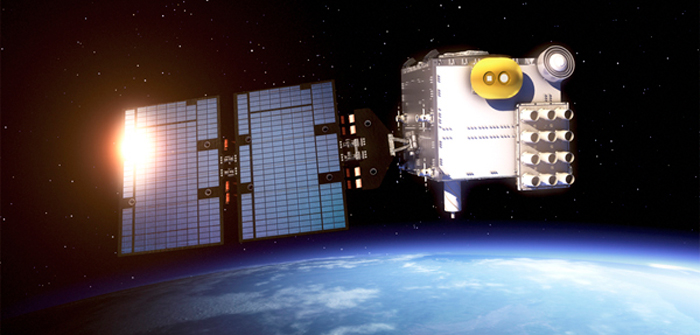Atmospheric researchers in the USA have signed a deal that will make available a satellite data processing system for use by the private sector.
The deal is between the University Corporation for Atmospheric Research (UCAR), a non-profit consortium of more than 100 US universities and research institutions, and Atmospheric and Environmental Research Inc. (AER), an atmospheric research company.
Under the terms of the contract, AER will adapt UCAR’s SatDAAC software system to process global navigation satellite system (GNSS) radio occultation data from satellites.
AER plans to use the software to process satellite data for commercial companies that sell their Earth observation data products to government agencies and other clients.
GNSS radio occultation is a method for measuring atmospheric temperature, pressure and humidity by measuring the degree to which GPS signals bend and slow as they descend through Earth’s atmosphere.
UCAR began producing operational GNSS radio occultation data in 2006, using a constellation of small satellites known as the Constellation Observing System for Meteorology, Ionosphere, and Climate (COSMIC).
The data gathered by COSMIC helped improve forecasting of tropical cyclones and major storms, as well as advancing understanding of space weather and global climate, UCAR said.
A follow-up to the first mission was launched last June. Known as COSMIC-2, this new constellation of small satellites will provide twice as many soundings of the atmosphere with higher quality than COSMIC, said UCAR.
“This type of alliance with the private sector is instrumental for adding value to weather forecasting and protecting lives and property,” said UCAR president Antonio Busalacchi. “By transitioning publicly funded research to industry, we are ensuring that the latest scientific advances are leveraged in ways that help society and keep the nation economically competitive.”



